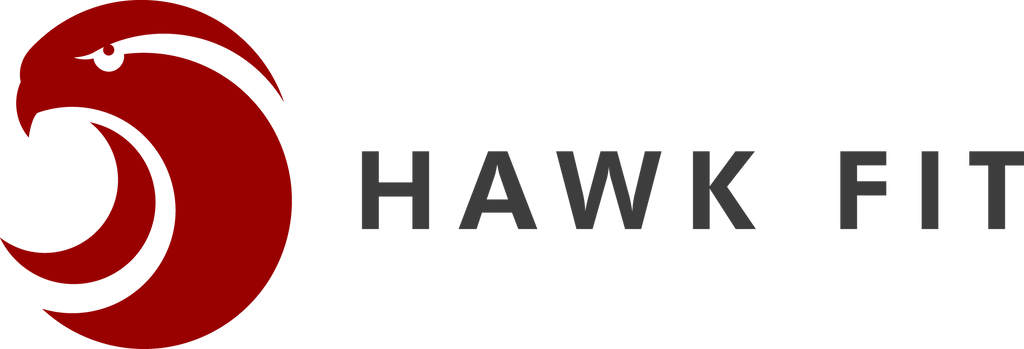As gyms start to open back up, remember that adaptation requires recovery- Recovery is half the battle of program design.
Create stress without distress. Our best ability in training is being able to do it in the first place- I get it Tommy, you want to train hard... BUT you also want to do it in a way that allows you to continue training- intelligently. All training is a stress to the body- and I hope this isn’t a shock, but resistance training isn’t anabolic. This stress causes the body to adapt by becoming bigger, stronger, etc... whatever demands are imposed on it. It does this to accommodate the stress with more efficiency and better tolerate it while reducing the risk of injury- dropping my mixtape soon.
Smart, individualized training is about applying enough stress to the body to make it adapt without applying too much stress (distress) and overloading the tissues to the point where they can become damaged or worse, earning yourself a one-way ticket to snap city- this is what's called Hormesis.
Where there’s distress, it decreases the body's ability to repair and to positively respond to stress, which can lead to overtraining, boredom, injuries, and reductions in performance/energy. That said, ensuring execution is standardized, gradually increasing load, and volume carefully over these next few weeks will be imperative.
You need to avoid the exhaustion stage where you're doing more in your training than your body can handle- planned rest days throughout a training week, along active rest days (consisting of lower demand activities), autoregulating, and deloads, between several weeks of hard training, can help in avoiding too much overload of stress.
To bounce back and get stronger, you have to keep the “dose” of stress reasonable and actually give your body time to bounce back. Exercise can be a Hormetic stress if you recover from it appropriately, or it can be a chronic stressor if you’re overtraining and under-recovered (that goes double if you’re not consuming enough calories to fuel recovery).
Recovery means prioritizing sleep, nutrition, smarter training and not going balls-to-the-wall one side of the equation. If you're always under-recovered, always feeling fatigued, experiencing DOMS that lasts 3+ days, it may mean you’re overtraining. You may have an imbalanced equation of expectations to reality.
Recovery Check List:
Are you consuming an adequate amount of calories/protein/micronutrients?
Are you getting sufficient sleep quality/quantity?
Are your training sessions progressing?
Are you giving yourself enough time to recover between sessions?
Are you managing your stress appropriately?
And the most important one… Are you having fun? :)
The answers to these questions will give you insight into your recovery and what adjustments you should be making.
See you in the iron chapel bruh... 🤙🏽

